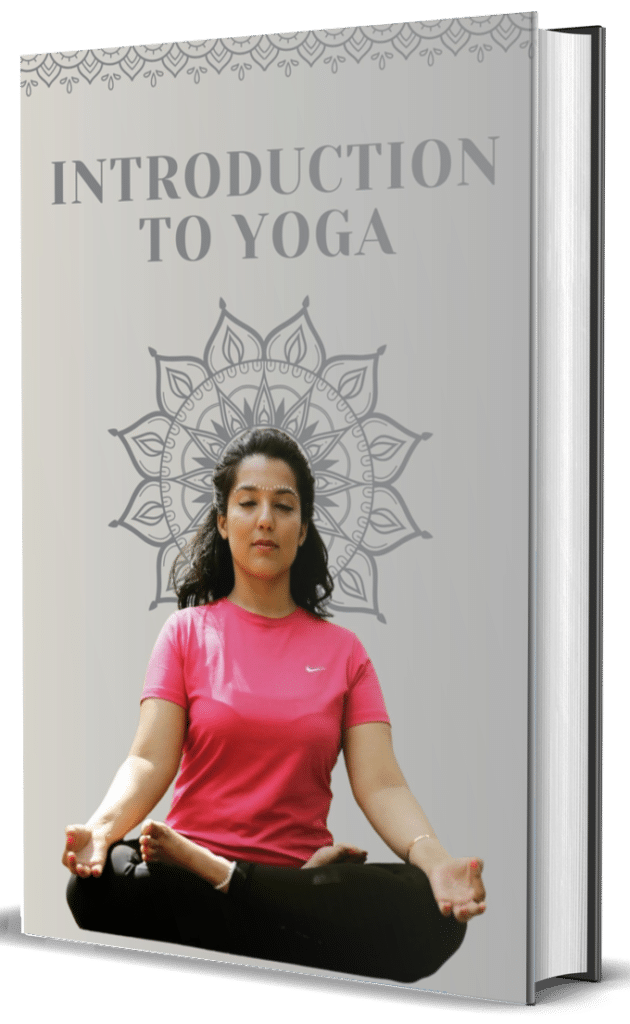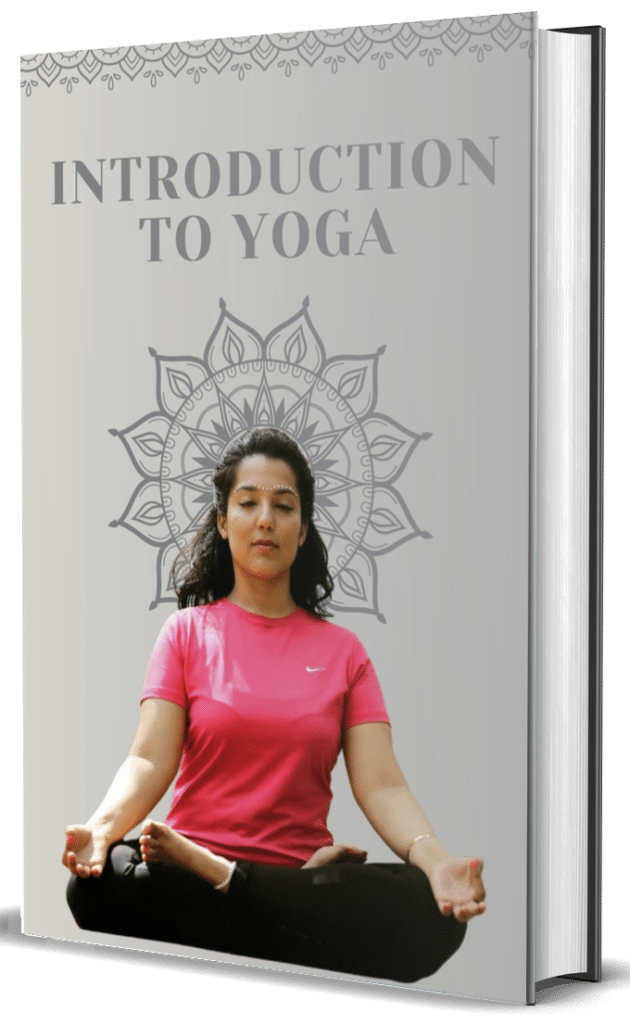Reverse Warrior, also known as Viparita Virabhadrasana, is a dynamic standing pose that combines elements of Warrior II with a powerful backward bend. This pose is not found in traditional yoga texts but has become a staple in modern yoga practices, particularly in Vinyasa and Power Yoga sequences.
To enter Reverse Warrior, begin in Warrior II position with the front knee bent over the ankle and the back leg straight. From here, the back hand slides down the back leg while the front arm extends overhead and slightly behind, creating a gentle side bend in the torso. The gaze typically follows the upraised hand, opening the chest and creating a beautiful arc with the body.
This asana strengthens the legs while simultaneously stretching the side body, intercostal muscles, and shoulders. It expands the chest, improving respiration and energy flow. The pose also builds core stability as the abdominal muscles engage to support the spinal extension.
Reverse Warrior is often practiced as part of flowing sequences, commonly transitioning from Warrior II to Extended Side Angle and then to Reverse Warrior. It serves as an excellent counter-pose to forward bends and prepares the body for deeper backbends. For practitioners with shoulder injuries or neck tension, modifications include keeping the gaze forward or slightly downward instead of looking up.



